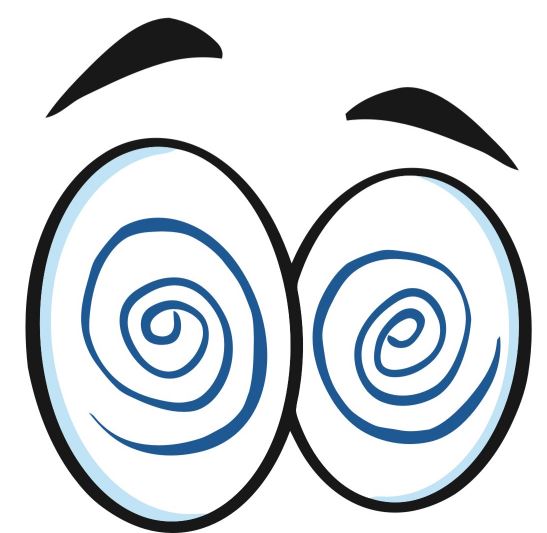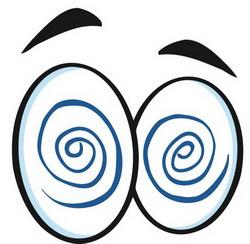Original text by Marina Belova

What should one know to begin machine embroidering? You should have the following equipment:
And, the most important thing, the knowledge of how to use all that. It would also help to know what kinds of things can be done on an embroidery machine.
The embroidery machine manual will tell you how to operate if you there is no one there demonstrate. You don't need to be afraid of the machine, just follow the manual as accurately as possible.
There are tons of ready designs on the internet, which you can download. You can also find pretty designs in our shop.
There would be no problems with buying the fabrics for your first attempts, either. The crucial thing is to distinguish between the various fabric types, to understand their specs, and how that can influence the embroidery.
As for the embroidery consumables, things are a little tight where I live nowadays. Embroidery threads range is not big in the ordinary crafts shops, but it is possible to buy them nevertheless. The stabilizer is one of the most enigmatic of the consumable materials: you need to be able to distinguish between them, in order to choose a right kind of stabilizer for a right kind of fabric. Not only is it enigmatic, but you need to search for the particular one you need.
And the last thing before you start the embroidery is hooping. It is no mystery either: the fabric should be drum-tight in the hoop. So that it is not distorted. But it is not so in every case. A bit of practice with different kinds of fabrics and everything will be fall in place.
It would be useful to know the most common machine embroidery myths.
Frankly speaking, having assembled a library that contains more than several tens of thousand ready design files, I've hardly embroidered 10 of them over the course of my whole career. And why? Because it is much more interesting to create the designs yourself.
You'll only need 2 things to do that:
- Machine embroidery software. How to choose a proper one? You can read my article on the process of choosing machine embroidery editor.
- Twice as much time for design creation and for testing.
Where do you start digitizing? General theory, I believe. I have some here, and I would suggest the following order:
- What is digitizing in machine embroidery?
- Check list of a machine embroidery design creator
- Tips for productivity in the design creation. Getting started
- Image analysis before the digitizing takes place
- Design creation: tips for productivity. Operational standards in machine embroidery software
- The difference between the editable and working embroidery formats
- Types of objects to be digitized
- Four main types of stitches
- Quality benchmarks. Object characteristics
- Quality benchmarks. Choosing the stitch length
- Quality benchmarks. Understanding density
- Quality benchmarks. Secrets of pull compensation
- Quality benchmarks. Push compensation
- Quality benchmarks. How to use understitching
- Quality benchmarks. Controlling the stitch angle
- Quality benchmarks. Shortening stitches on the inner side of the contour
- Quality benchmarks. Rendering corners
- Quality benchmarks. Tie-offs
- Connector stitches between the objects and inside them in the machine embroidery
- Embroidery navigation
In my opinion, this information is sufficient to grasp what various tools in machine embroidery editors are for, and to start doing something on your own. The rest (such as the shape of the edges, varying density, the creation of fill patterns and motif stitches, etc.) can be saved for last when you digest all this information.
After you get wise to it, you can proceed to master a machine embroidery editor and create your own simple designs. You can learn how one does that in my article "On the crossroads between knowledge and mastery". Unfortunately, I haven't yet found time to write a beginner's guide to machine embroidery software. Eventually, I'll come to that.
And after that, when you figure out nuts and bolts of the machine embroidery editor, and it becomes your ally, you can try various techniques, to practice what you've learned.
Of course, this is not the end of the machine embroidery. This is only the beginning. Just try it, and you'll know why.
Edited by Irina



There are no reviews to display.